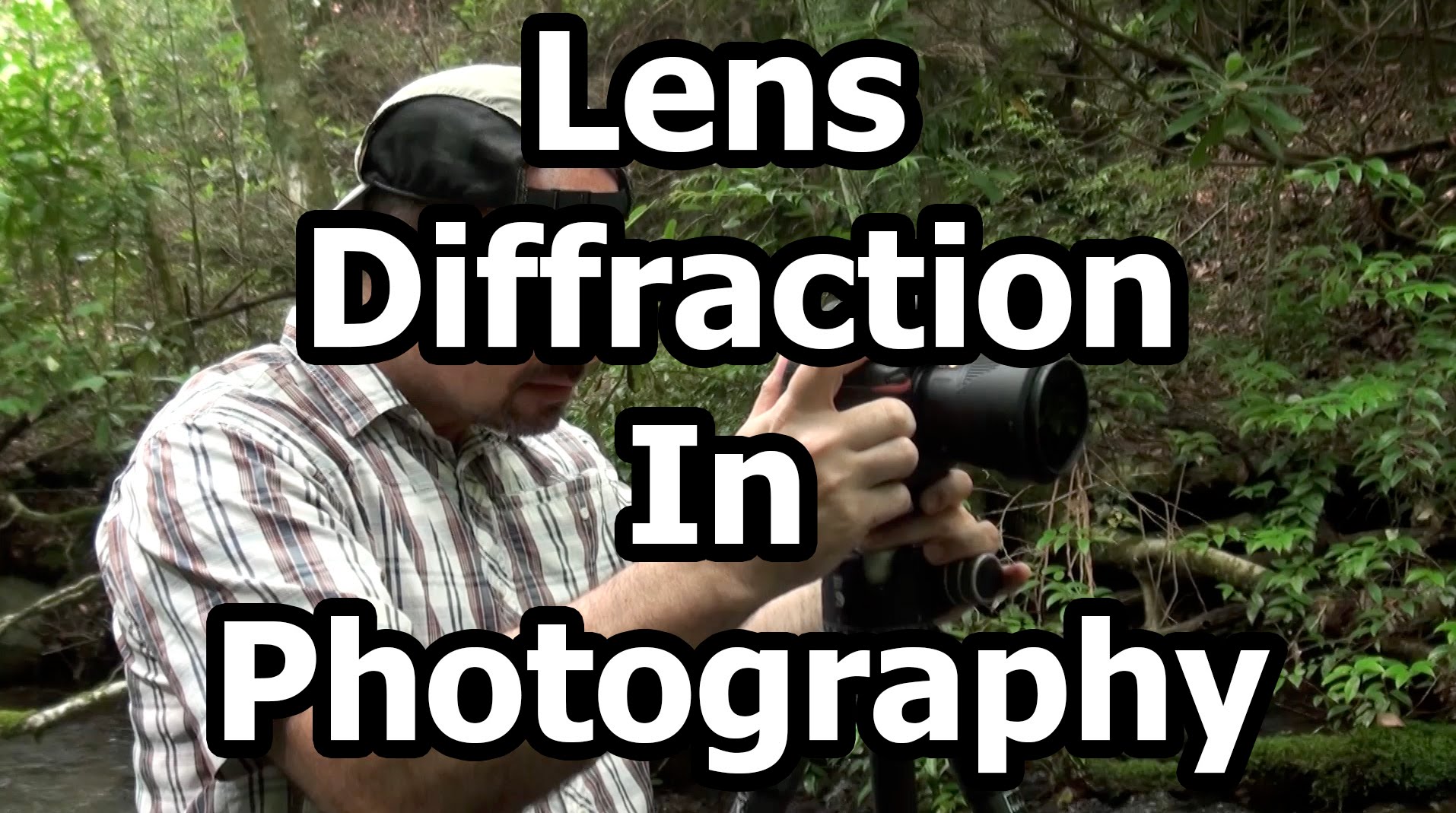

The IR Chrome filter is a stacked filter with unknown filter glass components, It is likely that one of the optical glass components is an IR attenuating filter glass like the KG3 filter glass from Schott. Here is a link to more Aerochrome film information: The filter for the film is a simple high pass filter! I was not referring to the IR Chrome filter from Kolari Vision, but the real Aerochrome films from Kodak. That effect will be even worse if you want to simulate the iconic Kodak Aerochrome film that in the recommended setup used a blue blocking filter Tiffen 12 with a cutoff of around 530nm, (that is not covered by your calculator). If using a filter with a shorter cutoff wavelength like 590nm all wavelengths might not be in focus at the same time. They are not optically corrected into the IR range. When doing pixel peeping there is another phenomenon that can cause problems for most lenses. If biasing the weight towards the cutoff wavelength you would get a more realistic result from the actual diffraction effects on an image.

The sensor has a much lower sensitivity at longer wavelengths. I think that calculating using the arithmetic average is not quite correct as then photons from 1100nm is weighted equally as from the lower filter cutoff wavelength. The calculator is very nice for illustrating the increased problem with diffraction for IR photography. It is a neat tool with all different camera presets. Thanks Robert for creating this calculator. As always, it is about finding the right balance. Just be aware that sometimes you will have to stop down beyond the limits shown here, for example when you need large depth-of-field. If you apply the above recommendations, you will be able to avoid diffraction in your pictures. You consider yourself a pixel-peeper or just would like to capture the finest possible detail: You are less worried about technicalities or just would like to ensure a pleasant viewing experience: This depends on your approach to photography: Your approach 2b.What does this diffraction chart mean for your infrared pictures? In the table below, it is being referred to as technical diffraction. Diffraction above this level is likely visible at the pixel level, but not necessarily at normal viewing distances. It is measured in µm or line pairs per mm. : This is the resolving ability of the sensor, based on pixel pitch. In the table below, it is being referred to as visual diffraction. Diffraction above this level will likely affect the perceived sharpness of an image viewed at normal viewing distances. The Circle of Confusion (CoC) is calculated considering a normal viewing distance, based on the angle of view (typically 60°). It is based on what is known as the Zeiss formula. : This is based on the resolving ability of the human eye. This is also the wavelength used for this model. The human eye and Bayer pattern type sensors are most sensitive to green light, with the peak sensitivity around 555 nm. : The diameter of the visible light airy disc. Why 1100 nm? Because this appears to be the maximum sensitivity of CCD and CMOS sensors. You will be taken to the resulting diagram and further explanations. Finally, I wanted to compare the levels of diffraction for your chosen infrared filter and visible light, to give you an idea about the difference.Īll you need to do is to enter the required values in the below fields and click Calculate. And since I am a visual person, I also wanted to include a nice chart for a graphical representation of the result. This is where I decided to create my own diffraction calculator, specifically for infrared photography. There are a lot of sites out there where it is possible to calculate the diffraction limits for your camera, but – to my knowledge – none of them deals with infrared light. But how can we calculate the maximum aperture we can use without impacting the sharpness of our pictures? 1a.Calculating infrared diffraction limits You can see that starting with f/8, the picture gets more and more blurry. Non-sharpened 256 x 256-pixel crops from the picture center, 2× enlarged for better visibility.
#Lens diffraction in photography pro
Lens: Olympus ED 12-40mm F2.8 PRO at 25 mm.

Camera: Olympus OM-D E-M5, converted to 720 nm Infrared.IR Diffraction Demo: Olympus OM-D E-M5, 720 nm IR filter


 0 kommentar(er)
0 kommentar(er)
